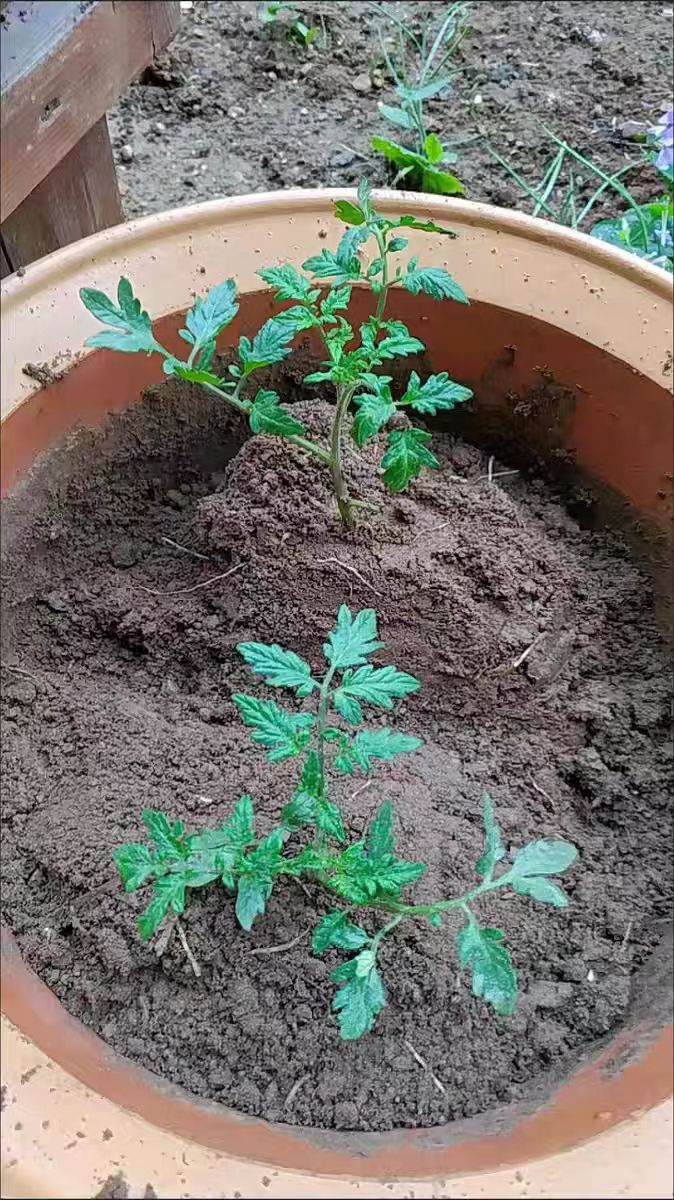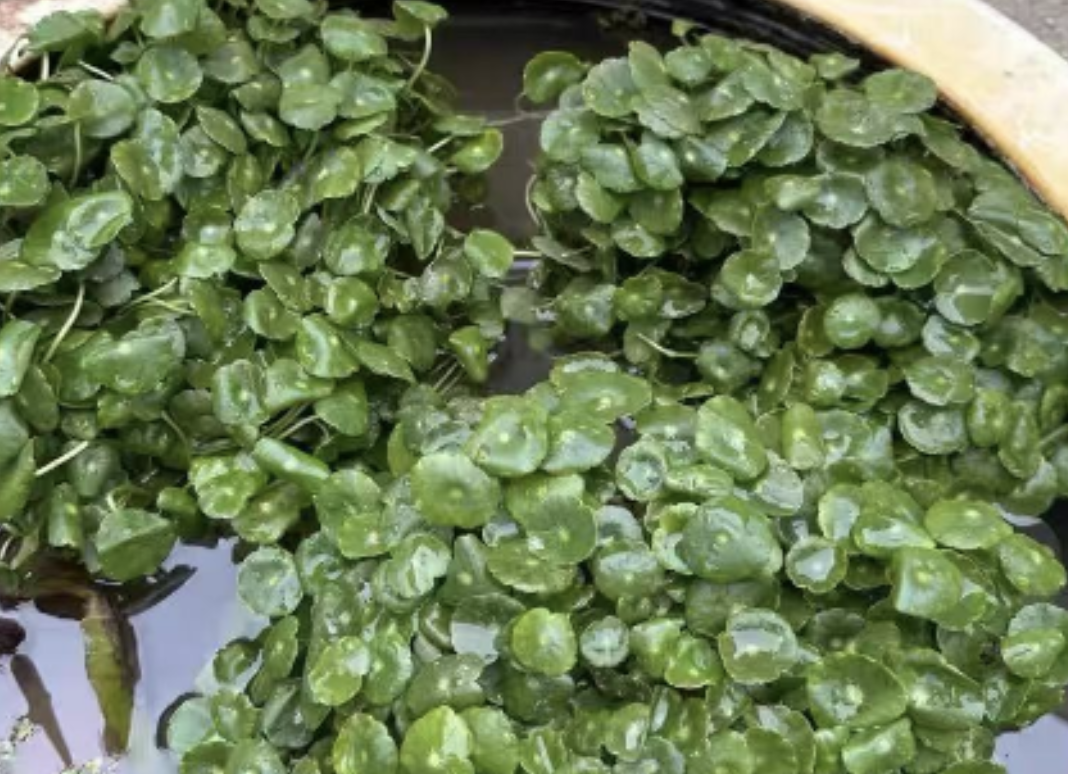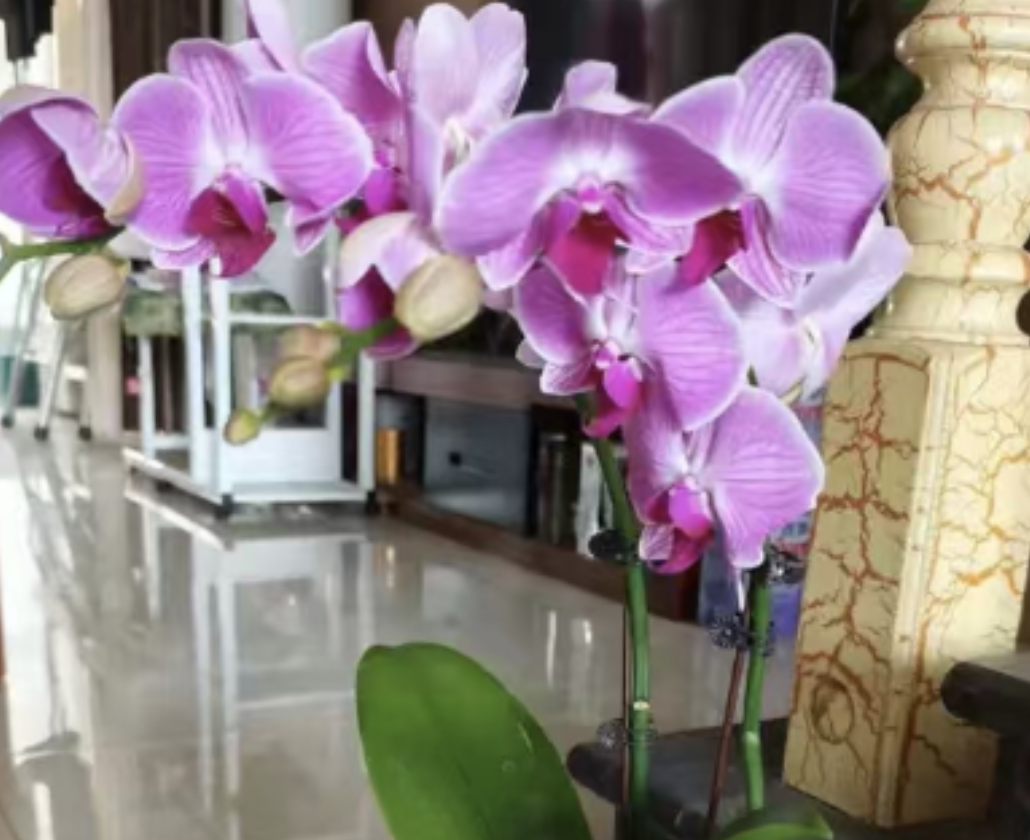Newly planted tomato seedlings are like precious little babies that we carefully nurture, and watering and fertilizing are key maintenance steps. By mastering the right methods, the seedlings can thrive and lay a solid foundation for future flowering and fruiting. Below is a guide on how to water newly planted tomato seedlings and how to fertilize them once they emerge.
Watering Tips for Newly Planted Tomato Seedlings
When first planting tomato seedlings in the soil (whether they are transplanted or robust seedlings left after sowing), the first step is to water the "root-fixing water." This water acts like "glue" to anchor the seedlings, helping the roots cling tightly to the surrounding soil and adapt to the new environment faster. Water slowly, allowing the water to penetrate the soil evenly until a little water slightly leaks from the bottom of the flower pot or the soil in ground planting, indicating that the soil is thoroughly moistened. Ensure the soil around the seedling roots is evenly wet.
In the first week to ten days after planting, pay close attention to the soil surface. Tomato seedlings have shallow roots and weak water absorption capacity, making them vulnerable to both drought and waterlogging. When the topsoil turns pale and can be 捏成团 (pressed into a clump) without crumbling, it is time to water. Generally, water every two days, but adjust according to the weather: in hot, sunny summer, water once every evening due to rapid water evaporation; reduce watering during rainy days or low temperatures to avoid waterlogged soil and root rot.
When watering, use a sprayer with fine holes or a long-spouted watering can, and slowly water around the roots of the seedlings. Avoid directly spraying the leaves and stems to prevent soil splashing onto the leaves (which can cause diseases) and to avoid strong water currents that might dislodge the seedlings. For ground planting, ensure water does not form small ditches that wash away soil and fertilizer.
Watering methods differ slightly between potted and ground planting:
Potted plants: Small pots dry out quickly. Besides checking the soil surface, lift the pot—if it feels lighter, it needs water. Water until it drains from the bottom, but do not let the pot sit in standing water.
Ground planting: Soil has better water retention, but pay attention to the terrain. Dig drainage ditches in low-lying areas in advance. Water slowly from the center of the roots outward to encourage deep root growth.
Water in the morning after the sun rises for a short while or in the evening before sunset, when the water temperature is similar to the soil temperature and less likely to stress the roots. Never water at noon under direct sunlight, as this can "shock" the roots. Let tap water sit for 1–2 days to dissipate chlorine; rainwater or river water is ideal. Additionally, do not spray water on the seedling leaves, as tender leaves are prone to sunburn and increased humidity can cause diseases.
Fertilizing Tips for Newly Emerged Tomato Seedlings
When tomato seedlings first emerge (after the cotyledons unfold and 1–2 true leaves appear), they mainly rely on nutrients stored in the seeds and minimal soil nutrients, so they have low fertilizer requirements. If sown in fertile potting soil, avoid fertilizing for ten days after emergence to prevent concentrated fertilizer from burning the roots.
Once the seedlings have 2–3 true leaves and enter the rapid growth stage, they need nutrient supplementation. Follow the principle of "light fertilizer, frequent application"—dilute the fertilizer and apply it frequently in small amounts. You can use fermented rice washing water, soybean water (diluted to a light concentration), or purchased fermented cow, sheep, or chicken manure water. For chemical fertilizers, choose balanced compound fertilizers, diluting them until they have almost no odor. Avoid excessive nitrogen, which can cause seedlings to grow tall and lanky, lacking stability.
Fertilize every ten days or so, using small amounts each time:
Potted plants: Apply about half a small bowl of diluted fertilizer solution per plant.
Ground planting: Apply around the roots, not directly on them.
After fertilizing, rinse the leaves with clean water and water gently to help the fertilizer penetrate the soil, avoiding concentrated fertilizer in one area that could burn roots.
Check the soil before fertilizing: if using new potting soil with base fertilizer, reduce the amount or delay fertilization. Monitor seedling conditions after fertilizing—if leaves curl or turn yellow, it may indicate over-fertilization. Immediately flush the soil with clean water several times to dilute the fertilizer, and move the seedlings to a shaded, ventilated area to recover. During the seedling stage, fertilize primarily through the roots, not by spraying leaves.
In summary, for watering, adhere to the "see-dry-see-wet" principle—water only when the soil is dry, and water thoroughly; for fertilizing, use "light fertilizer, frequent application," starting with dilute solutions and adjusting based on seedling growth. Observe the seedlings regularly and care for them attentively, and soon you will see them grow strong and bear flowers and fruits!
How to Water Newly Planted Tomato Seedlings?

Share with
Tagged in :




Leave a Reply